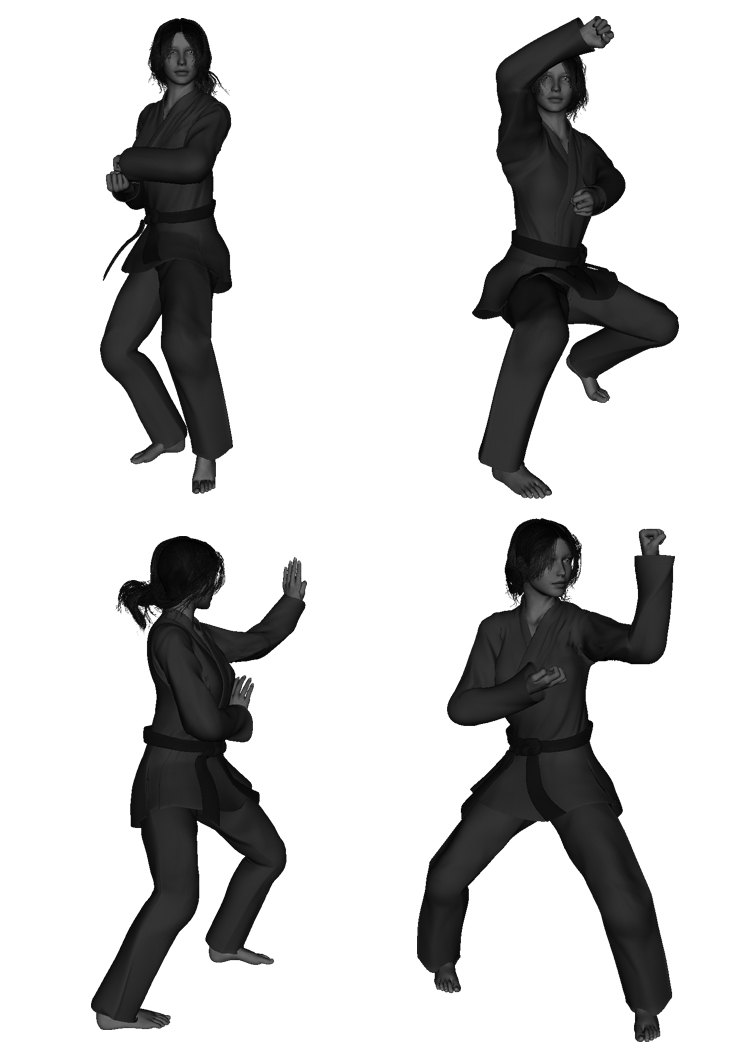
In order to properly analyze Short Form Two, one must first become aware of all the basics that are employed in its execution. Since the first four forms (the one’s and the two’s) are considered the “dictionary” forms (i.e. they define motion), the emphasis on highlighting the basics is of greater significance than in the higher forms. In contrast, the higher forms (Short From Three and above) tend to have more emphasis on theories and concepts over basics.
Also, by clarifying the utilized basics in Short Form Two, one can begin to see how it expands upon the basics of Short Form One. Glancing at the “Quick Reference of Basics” section, one can also see a high degree of uniformity and consistency throughout this form. This symmetry is to the same degree as Short Form One, even though this form is more complex. Each maneuver, or maneuver series, in this form has a matching counterpart. In contrast to Long Form One, which has a few maneuvers that have no complement (within the form).
The “Basics Utilized in Short Form Two” section gives a more detailed analysis to each employed basic. This detail is provided to help in understanding the implementation and emphasis of each basic (by providing intent and method) and for remembering each step of the form (by providing direction, position, focus, and side). With this analysis, it is fairly straightforward to re-assemble the correct execution of Short Form Two.